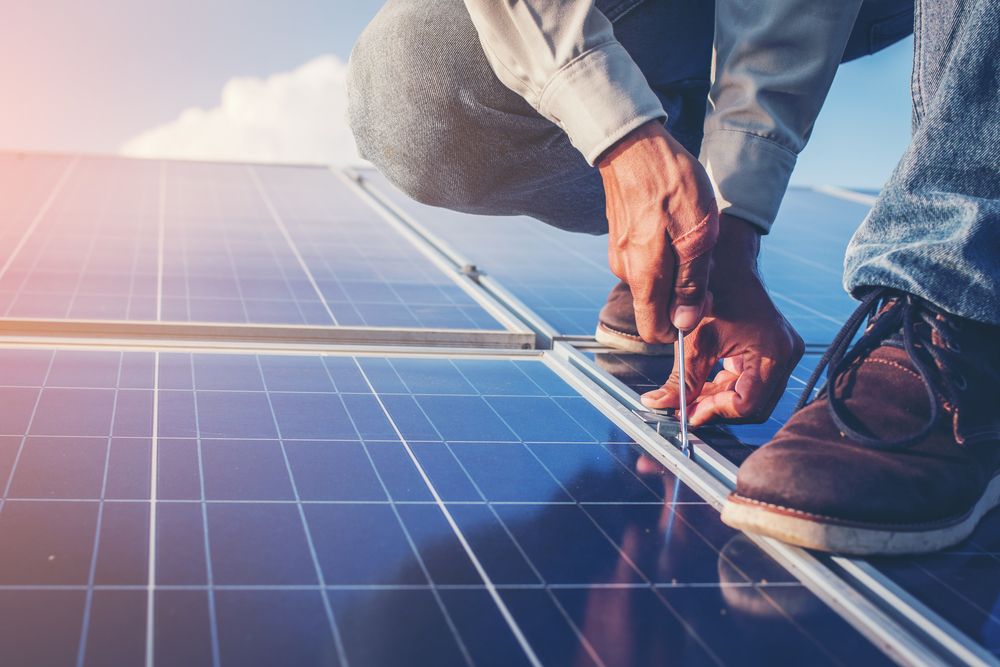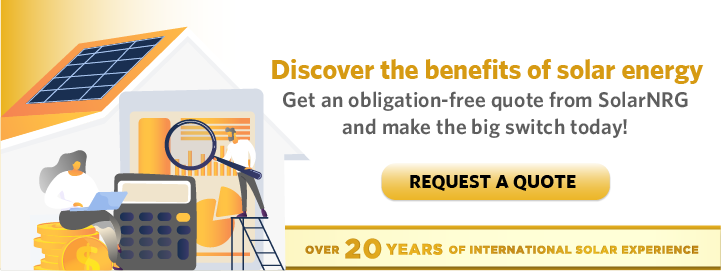Global warming and its detrimental effects have made consumers more conscious of their carbon footprint. This is why more and more people have pivoted to clean energy, among other eco-friendly lifestyle choices. If you have chosen to depend on solar panels for your electric supply, kudos to you—you are doing Mother Earth and humankind’s future generations a huge favor.
However, the fact that solar panels help reduce one’s carbon footprint is not their only selling point. These energy sources are also quite practical—for starters, you can save as much as $1,384 (Php66,471.44) on electricity bills per year. In terms of efficiency, they score considerable points, too, as their average lifespan is 25 to 30 years.
It’s worth noting that there are factors that can contribute to the quick deterioration of solar panels, such as cataclysmic weather disturbances or poor maintenance. If you wish to avoid solar panel replacement and make your system last longer, make sure that you give your solar energy infrastructure its required protection and upkeep.
How Durable are Solar Panels?
Solar panels’ median average of efficiency degradation is 0.5% per year. That means your new set of solar panels can function at 90% efficiency after ten years.
Most manufacturers sell their solar panels with a 25-year 80% efficiency guarantee. Here, the magic number is 80%—that’s the level of efficiency you must expect from your solar panels. Anything less than that should hint you at a possible need for solar panel repair. But that’s a concern for the future. The fact is your solar panels are made of sturdy materials.
The actual solar cells are only between 200 and 500 µm thick. That might give you the impression that they’re flimsy. However, suppose you procured solar panels from a reliable supplier. In that case, you’ll receive products protected by tempered glass with a metal frame, making them sturdier and more dependable even when exposed to the elements.
Solar panels are designed to withstand a variety of weather conditions, think over 225 kph winds. Your solar panels might even give your roof added protection. That is unless a violent typhoon hits your area.
Another factor that affects solar panels’ durability is maintenance. Keeping them clean increases efficiency from 21% by up to 30%. More often, hosing down them with water will suffice. Thorough cleaning is needed if you’re located in a pollution-prone area that could land more debris on the surface of your panels. Make sure to adhere to the manufacturer’s cleaning manual.
9 Signs Your Solar Panels Need Repair or Replacement
1. Low and irregular power output
Your solar panel provider has set the average power output for your system. Weather conditions like rainy or cloudy days might affect this. However, if your system regularly misses its expected output, chances are it needs repair.
2. Cracks or broken glass casings
This can decrease power output by at least 2.5%. Cracks are usually caused by improper handling and installation, temperature variations, and severe weather conditions. For utmost system efficiency, do not neglect these signs of physical degradation.
3. Inverter issues
Your panel inverter is the second most important part of your system, next to the actual solar panels. It turns harvested solar energy into electricity. Inverter malfunctions will result in your system losing its purpose—to provide your household or place of business with electricity. Look out for red or green lights and error messages, then repair ASAP.
4. Solar panel age
Your system will probably function for more than 20 years. Once you hit that mark, it’s wise to be more aware of system errors. Regularly scheduled maintenance might be of the utmost importance.
5. Wiring problems
Loose solder connections are typical issues of solar panel installations. The same goes for other wiring problems such as oxidation and corrosion. If the cell power turns on and off when you tap the panel, the culprit could be the wiring.
6. Debris
This could come from a variety of sources, such as bird droppings and foliage. An easy solution for this is cleaning your solar panels by hosing them to wash off the dirt. If it can’t be washed off, debris can be safely extracted by professionals. You may cause further damage to your panels if you do it yourself and get into an unfortunate accident.
7. Burnt marks and discoloration
Be wary of yellow to dark brown discolorations on your panels’ conductor strips. These are signs of corrosion, which may lead to uneven temperature distribution. That, in turn, results in compromised energy output.
8. Subpar or counterfeit materials
To cut costs, some suppliers and users combine genuine materials with counterfeits. This reduces your system’s efficiency. Subpar materials must be replaced at once before they jeopardize the rest of your system.
9. Unexpected shutdowns
This is the most obvious sign that your solar panel system requires either a repair or replacement. The common triggers of unexpected shutdowns include manufacturing defects, faulty installation, and wiring problems.
Say Yes to Solar Power
Transitioning to solar energy gives you peace of mind knowing you’re contributing to the fight against global warming. The benefits go beyond the political—if you’re running a business, you can lower operations costs and increase your ROI with solar panels. If you want to save electricity, you may do so without sacrificing comfort.
Going solar and using clean energy is something you should get behind not tomorrow but now. To explore your options, reach out to SolarNRG, one of the top solar companies in the Philippines that can provide all your solar installation needs. Inquire now and get a free quote.


Recent Comments